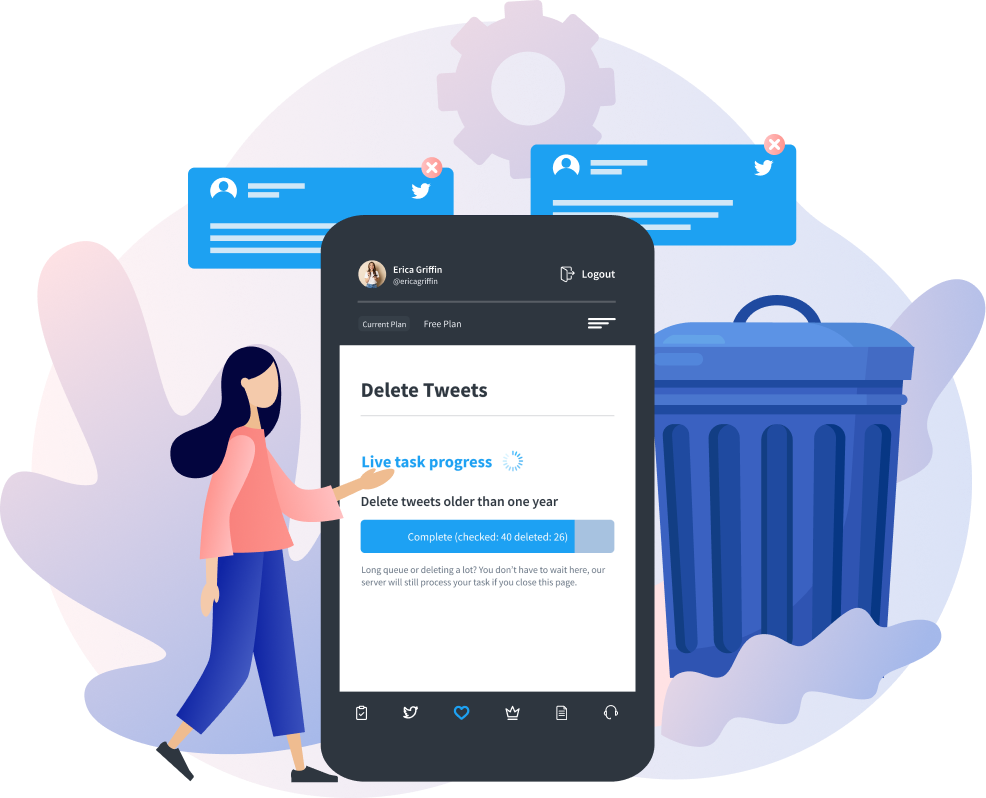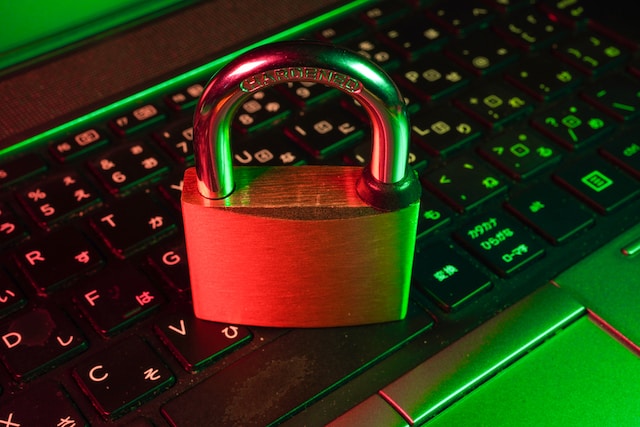Social media platforms like Twitter, aka X, have made it easier to connect with many people. Users can share any content they want online, which may expose them to threats. Everything on social platforms is always visible to the public. Anyone can get information about anyone through their social account. However, social media privacy aims to protect people from these kinds of exposure.
Many may not know it, but there is a bond between social media and privacy. There are certain laws preventing hackers from using information against you. This article explains everything you need to know about your stand and get protection.
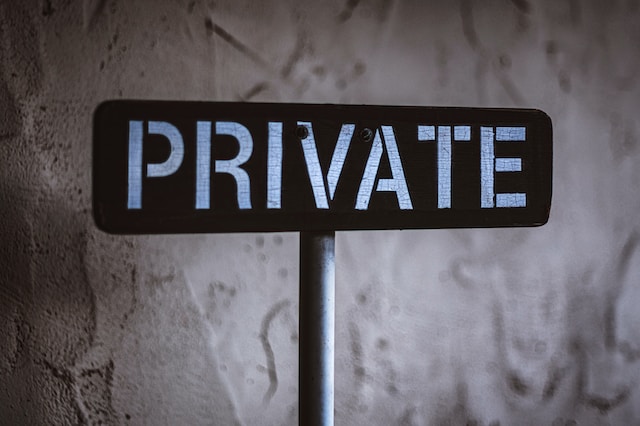
What Are the Laws About Social Media Privacy? Know Your Rights to Protection
Social media laws are the legal bond between users and social platforms. This subject is quite extensive, but it is all to protect your interest. Before addressing your privacy concerns, you must understand the extent of privacy laws. This may make you wonder, “What are the laws about social media privacy?” There are several laws, but let’s explore the major ones.
1. General Data Protection Regulation (GDPR)
The European governing bodies created the General Data Protection Regulation (GDPR) to protect people’s data. This law also consists of a set of guidelines that restricts social media platforms from exporting personal data. More than this, the GDPR protects users in several ways during social media campaigns.
Firstly, it prohibits remarketing unless a social media user opts in for such activity through an official opt-in or sign-up. In addition, social media users must agree to the brand’s privacy policies. This may occur twice if a link directs them from a social media platform to landing pages or websites.
2. The “Right To Be Forgotten” Law
As part of the GDPR, the “Right to be Forgotten” law allows individuals and organizations to clear their data. It gives them the right to request certain sites to delete their personal information from their database. There are a lot of circumstances to make a person make this request. It could involve using the data to express the right to freedom of expression and information. They could also use it to comply with a legal ruling or obligation.
The reason for these laws is to protect people from the dangers of disclosing irrelevant or outdated information. Unfortunately, the U.S. doesn’t have the right to these laws, but the long hand of this law reaches them. It still influences U.S.-based companies like Google that operate internationally.
3. Children’s Online Privacy Protection Rule (COPPA)

Social platforms aren’t for adults alone; children can also utilize social media accounts. This is why the U.S. has had COPPA to protect their privacy. This law imposes specific requirements on website operators and online services to protect children under 13. It necessitates sites getting verifiable parental consent to collect or use any personal information of young users.
In addition, it restricts various types and methods of marketing targeting users below 13 years old. The only problem with this law is knowing the age of the social media user. TikTok faced legal battles for collecting information from underaged children. The platform had to pay $5.7 million to settle allegations against them. After this, TikTok added a section on its app for children under 13.
This section includes additional safety and privacy features. It also changed privacy settings for users between 13 and 17 to allow them control over messaging and video sharing. Although parents are often in charge of protecting children’s privacy, that is not always the case. Parents may infringe on their children’s privacy by posting photos online or identifying them in blogs. Unfortunately, no social media laws exist for children’s privacy in these situations.
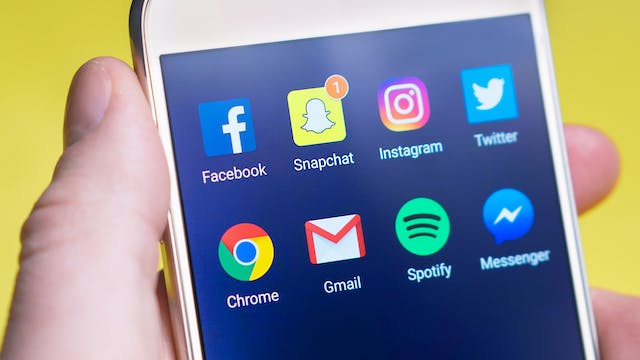
4. California Consumer Privacy Act (CCPA)
Although the U.S. doesn’t have the GDPR, the California Consumer Privacy Act will suffice. It is the closest thing to the GDPR in the country. This law protects consumer privacy rights and gives consumers more power over their personal information. It limits the freedom of tech companies like Google to harvest data.
The law could also impact the data that platforms like Twitter and Facebook can collect about you. The biggest concern is data gotten from third parties like apps or websites. The best part is this law allows users to monitor their data sharing and usage.
5. Social Media and Online Privacy Bill
Australia introduced the social media (anti-tolling) and online privacy bill in 2022 to protect its citizens online. The anti-trolling bill formally classifies social media service providers as publishers of any comment on their platforms in Australia. However, social media platforms can get a complaints scheme to avoid defamation.
This scheme allows victims of defamatory comments to complain and request the personal information of the real commenter. On the other hand, the online privacy bill prompts social media platforms to verify users’ ages. Privacy breaches could see companies fined 10% of their annual turnover.
The laws explained above aim to protect users of different age groups. However, each country may have other laws that apply to their location. Note that these laws are just some of the major ones.

Common Social Media Privacy Issues: Problems Threatening Your Safety
Understanding the privacy laws isn’t enough; you must know the common social media privacy issues for total compliance. Everyone needs to understand them to protect individuals and organizations on social platforms. They also help social media services protect customers’ data and remain credible. After all, you can’t address privacy concerns without identifying the issues.
1. Data Breach
Social platforms require some personal information to register and recognize users. However, hackers can use this information for malicious purposes. Hackers steal this data and use it for dangerous missions like phishing scams. They could also use it to gather more information for severe online crimes. Hence, social media services need to create a defense against data breaches.
Notwithstanding, anyone can face this problem. You should inform your customers to change their passwords if there is a data breach. There are also safety measures like the two-factor authentication on Twitter. Social platforms should notify users of phishing scams to create awareness and build trust.
2. Third-party Data Sharing
Many third-party services have legal access to data from social media platforms. This agreement allows the integration of different services. However, it also exposes people to major privacy risks. Sometimes, users may give third parties permission to sell or share their data without knowing it. This is why reading is essential before signing the Terms of Services agreement or accepting cookies.
3. Data Mining
Stealing anyone’s identity is easy with public information on social media. Data mining can help scammers get the perfect information to target victims. For malicious reasons, they can get usernames, physical addresses, phone numbers, and email addresses. This information is enough to target users with phishing scams. Scammers could also gather more information like social security numbers, leaked passwords, and credit card numbers.
4. Harassment and Cyberbullying
Several cases of people getting threatening messages have happened over the years. Many children and adults face backlash from colleagues and peers over trivial issues. Cyberbullying can be in the form of messages sent to the victim’s social media accounts. It may also be public inappropriate posts or comments to harass victims.
There are various forms of cyberbullying, but Doxxing is one of the most common ones. Doxxing involves sharing harmful content about people, like revealing their phone numbers, addresses, or personal photos. The motive behind this is to cause embarrassment, harm, or humiliation. It also serves to encourage other people to harass the victim online.
5. Privacy Setting Breach
Although users may adjust their privacy settings to allow only friends, this is not entirely safe. These close-circled friends can repost or comment on it, and their friends can also see the information. Thus, the information is no longer private. Even members of closed groups can post content from the group, and social media posts are searchable.
6. Location Settings
Turning off your device’s location doesn’t guarantee your safety. Using public WiFi, websites, and cellphone towers can still track anyone’s location. Some apps are also effective for finding any device’s location. Ensuring the GPS location services are off is essential. You may also browse through a VPN to avoid direct tracking. It may not seem serious, but combining location with personal information can provide accurate information about a user.
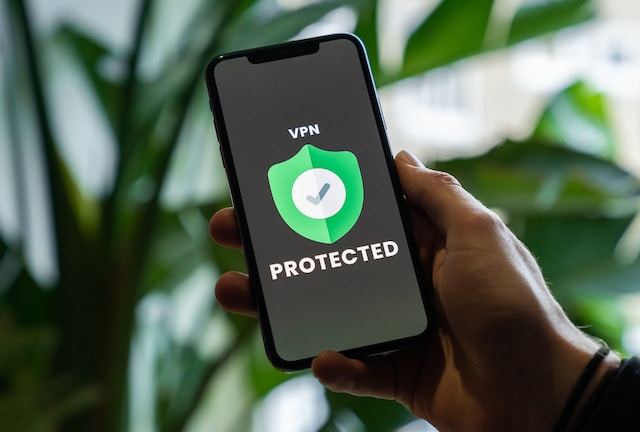
How To Protect Your Privacy on Social Media: Tips To Stay Safe
Now that you know the risks ahead, you may wonder how to protect your privacy on social media. Luckily, protecting yourself is easy if you follow the right tips.
Here are ten tips to help you:
- Always read the privacy terms on social media platforms before registering an account. Pay special attention to the information you are registering and agreeing to share.
- Navigate the platform to check your post visibility and audience before sharing any message.
- Check the platform’s privacy policies and make sure it works to protect your information.
- Check and adjust your privacy settings to limit the information third parties can obtain.
- Limit the amount of personal information you allow the public to see. This includes your full name, age, date of birth, phone number, email address, or physical address.
- Avoid leaking your account information like social security numbers, workplaces, bank account information, and interests.
- Research accounts from their profile information before accepting friend or follow requests.
- Always turn off your device’s location to prevent leaking information about places you frequently visit.
- Check photos before posting them online to avoid revealing too much information.
- Avoid clickbait links that promise unbelievable rewards or quizzes to evaluate your future lifestyle.
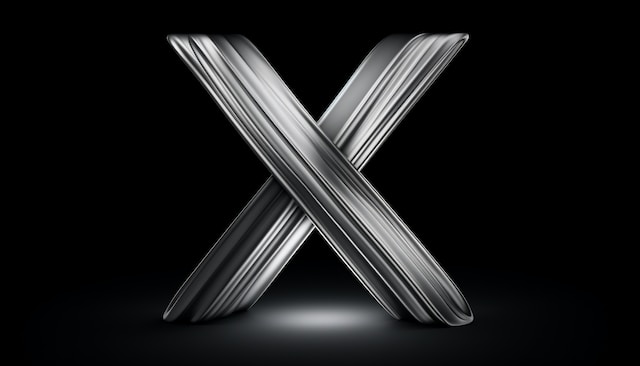
How To Manage Privacy on X: Focusing On Twitter Privacy
X, formerly Twitter, gives its users the liberty to control their privacy. Although there are X privacy policies, several adjustments make it possible to manage privacy on X. Understanding how to change privacy settings on Twitter is easy for anyone. You only need to access the settings menu and utilize the options available.
It is achievable in four steps:
- Go to your account on the X website or mobile app.
- Select “More” on the left sidebar on the website version and click “Settings and Support” from the drop-down menu. Tap the profile icon on the app interface and select “Settings and Support.”
- Next, select “Settings and Privacy” from the drop-down menu.
- Choose “Privacy and Safety” on the next page to access various settings to control your account.
Here, you can control your posts, feeds, direct messages, discoverability, data sharing, location, and more. While adjusting your account settings may give you privacy, this may not apply to your previous posts. Deleting old posts will give you a fresh profile and prevent people from accessing this information. TweetEraser is a powerful tool that erases multiple tweets at once.
With a tool like this scheduling automatic post deletion, you won’t have to worry about your social media privacy. It also assures you of clearing your Twitter history so third parties can’t access them. The best part is that it functions without disturbing you with promotional content. So, start filtering and clearing your X timeline today!
